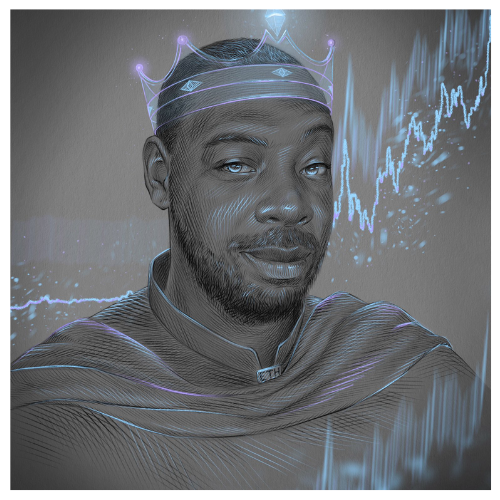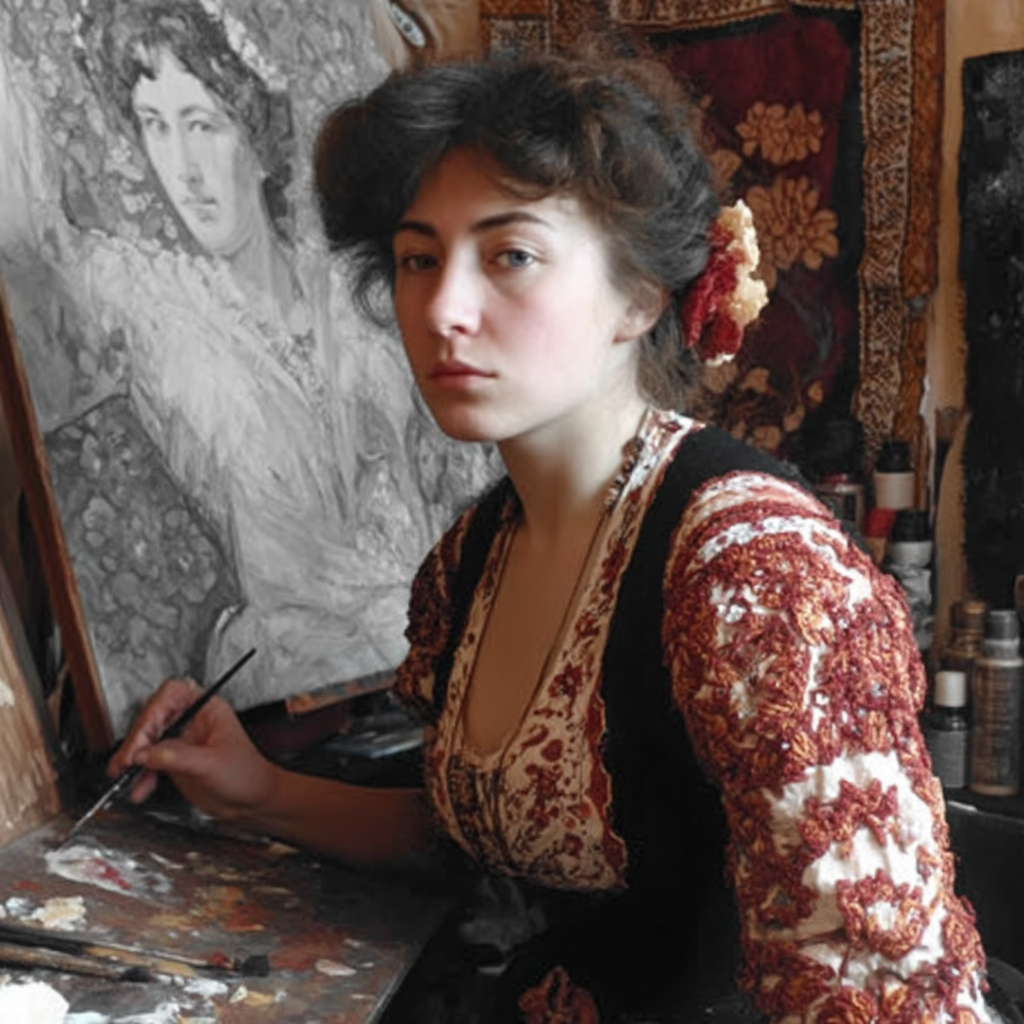Warrior’s Tale: Aleksandra Ekster
Aleksandra Ekster: The Ukrainian Vanguard Who Defied Time and Labels
Greetings Warriors!
In the shadows of imperial narratives and forgotten tombstones, the name Aleksandra Ekster is rising again—not as a footnote in Russian art history, but as a phoenix of Ukrainian cultural pride. She was more than a painter. She was a force. A visionary. A warrior of color, movement, and form.
And now, the world is finally learning to say her name with the reverence she deserves.
Aleksandra Ekster , Theatrical Composition - 1925
BUY MY ART🖤
Born into Privilege, Built for Revolution
Aleksandra Ekster was born in 1882 in Bialystok, then part of the Russian Empire, into a wealthy and well-connected family. Her father, a successful Belarusian businessman, ensured she had access to the finest education money could buy. When the family later moved to Kyiv, he spared no expense in cultivating his daughter’s artistic talents.
Young Aleksandra studied at the Kyiv Art School, rubbing shoulders with the region’s brightest minds and brushing strokes with the avant-garde before the world even knew what to call it. This was the spark. Kyiv wasn’t just a backdrop—it was the foundation of her voice, the palette of her soul.
Aleksandra Ekster , City At Night - 1919
Paris, Picasso, and the Pulse of Modernism
By the early 1900s, Ekster was hopping between Kyiv and Paris, the beating heart of European art. She immersed herself in the salon culture, exchanging ideas with giants like Picasso, Braque, and Apollinaire. These weren’t just casual encounters—she was an equal, admired for her originality and vision.
In the City of Light, she absorbed Cubism, Futurism, and everything in between. But she never lost her edge. She never abandoned her roots. While the art world drifted toward uniformity, Ekster brought Ukrainian folk motifs, embroidery patterns, and Slavic geometry into the conversation—subtle yet undeniable declarations of cultural identity.
Aleksandra Ekster , Woman With Fish - 1934
The Art Deco Alchemist
Ekster became a prominent figure in the Art Deco movement, though she refused to be confined by it. Her work blurred the lines between painting, theater design, book illustration, and fashion. It was all one language to her—a symphony of bold colors, fractured compositions, and kinetic energy.
Her theatrical stage designs for the Ballets Russes and her costume creations for avant-garde productions were pure magic—explosions of structure and spirit that broke the fourth wall before such things had names.
Ekster didn’t just make art. She designed atmospheres.
BUY MY ART🖤
Aleksandra Ekster , Woman With Birds - 1928
Ukrainian Heart, Global Vision
Though many Western institutions labeled her as “Russian” for decades, a growing global movement is finally rewriting that narrative. Today, Aleksandra Ekster is being honored as a distinctly Ukrainian artist, shaped by the folklore, politics, and textures of her homeland.
From her use of petrykivka-inspired ornamentation to her incorporation of traditional Ukrainian color schemes—Ekster's work pulsed with a code only those who knew her roots could decode. Her Ukrainian heritage wasn’t decoration—it was declaration.
Aleksandra Ekster , Satanic Ballet - 1922
War, Loss, and Poverty
The whirlwind of success came crashing down during World War II. Ekster and her husband faced increasing hardships as Europe descended into chaos. Her once-bright world dimmed.
In 1940, her husband passed away. She followed nine years later, in 1949, in near poverty and isolation in Fontenay-aux-Roses, France. The woman who once danced with Parisian elites and illuminated the stages of Kyiv died with barely a whisper.
One of her final works—tender, haunting—was etched onto her tombstone. A visual epitaph. A last stand of her truth.
Aleksandra Ekster , Costume design for the play "Famira Kifared" - 1916
Resurrection and Recognition
Decades later, the silence is being shattered. Scholars, activists, and collectors alike are re-evaluating her work through a new lens: Ukrainian sovereignty.
Institutions like the Brooklyn Museum and the Cleveland Museum of Art have begun correcting the record. Campaigns like The Stolen Art Campaign, launched by The Shadows Project, are challenging outdated labels and reclaiming what was lost. The shift is more than semantic—it’s reparative.
Ekster is finally returning home—figuratively and spiritually—to Ukraine.
Aleksandra Ekster , (Lobanov-Rostovsky coll) - 1924
From Forgotten to Forged
With new recognition comes new demand. Aleksandra Ekster’s paintings have skyrocketed in value, gracing auctions and private collections with six-figure price tags. But this resurgence has a dark side—counterfeits.
The art world has seen a surge in forgeries bearing her name, as opportunists attempt to capitalize on the momentum. Authentic Eksters are rare and priceless, forged in the fire of history, identity, and rebellion.
Collectors beware: real art carries a soul. Fakes, just a price tag.
Renaissance Man - Inspired by Leonardo Da Vinci
A Legacy Too Bold to Erase
Aleksandra Ekster wasn’t just ahead of her time—she was outside of it. She didn’t follow movements; she moved through them, bending them to her will. From Kyiv to Paris, from canvas to curtain, her genius knew no boundary.
And yet, for years, her name was nearly erased—swallowed up by an empire that sought to claim her as its own.
But truth has a pulse. And today, Ekster’s work is not just appreciated—it’s honored. It’s Ukrainian, it’s visionary, and it’s immortal.
Let this be a lesson: no empire, no war, no mislabel can silence a warrior’s legacy. Aleksandra Ekster lives on—in color, in courage, and in every corner of the world where truth still matters.
BUY MY ART, LOVE YOUR FACES 😏
Drop a comment below:
And if this article hit you right in the soul, do what warriors do—share it, retweet it, spread it. Let’s keep art, passion, and legacy alive.
Stay bold. Stay curious. Stay creating.
theromuluskingdom.com

















